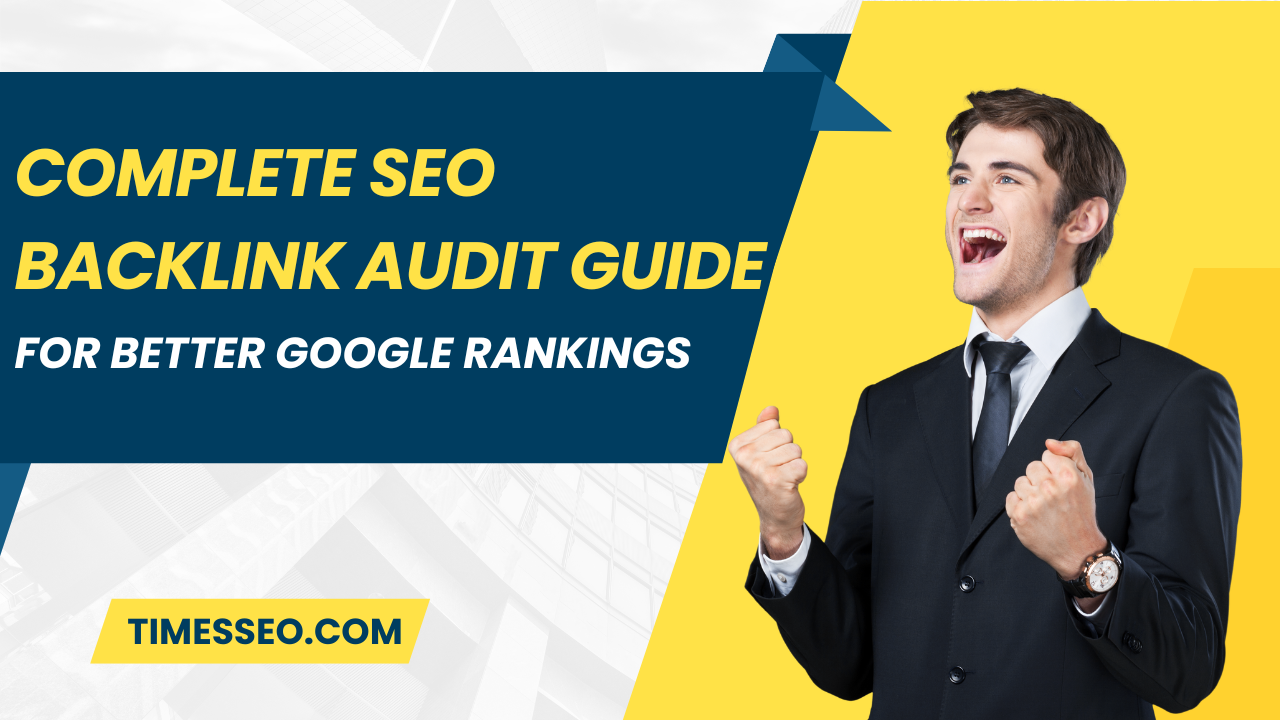
The SEO Value of Regular Keyword Gap Analysis
Learn the actual SEO benefits of conducting regular keyword gap analysis and how it may help you maintain your website’s competitive edge. This guide explains why consistent tracking of missed keyword opportunities is crucial for improving rankings, boosting traffic, and refining your content strategy using keyword gap analysis. Ideal for marketers, bloggers, and SEO professionals.
Table of Contents
Introduction
SEO isn’t a one-time effort. It’s an ongoing race, and if you’re not constantly adjusting your strategy, you’ll fall behind. One of the most powerful (yet underrated) techniques to stay ahead is keyword gap analysis—and doing it regularly makes all the difference.
Think of it like checking your fuel levels before a road trip. If you don’t, you might stall halfway. Similarly, ignoring your keyword gaps can leave you stuck on page two while your competitors race to the top.
What Is Keyword Gap Analysis?
Definition and Concept
Keyword gap analysis is the practice of identifying keywords your competitors rank for—but your site does not. It shows where you’re missing out and offers a direct roadmap to close those gaps.
Core Components of Keyword Gaps
- Missing Keywords: You’re not ranking at all
- Weak Keywords: You rank, but poorly
- Untapped Keywords: Competitors use them, but you haven’t discovered them yet
Keyword Gap vs Keyword Research
While keyword research starts from scratch, gap analysis begins with competitor data—making it sharper, more targeted, and often more rewarding.
The Strategic Importance of Ongoing Keyword Gap Analysis
Staying Competitive in Search
Google’s algorithms evolve, and so do your competitors. Frequent gap checks guarantee that you don’t fall behind.
Discovering High-Potential Keywords
You might uncover keywords with low competition and strong buyer intent—hidden gems that can bring real traffic.
Updating SEO Strategy with Fresh Data
Old keyword data = outdated strategy. Consistent analysis brings your SEO game up to speed.
Benefits of Performing Keyword Gap Analysis Regularly
Spotting Missed Opportunities Early
Why wait months to notice a keyword trend when a monthly check can help you jump in early?
Enhancing Existing Content
Use found gaps to boost underperforming pages by inserting missed keywords or creating new sections.
Increasing Organic Visibility
When you close gaps, you climb rankings—simple as that.
Aligning with Market Trends
Regular analysis lets you adapt to seasonal shifts and trending search behavior before others do.
Ideal Frequency for Keyword Gap Analysis
Monthly: Best for fast-moving industries or competitive niches
Quarterly: Sufficient for evergreen or low-change websites
Special Events: Product launches, rebrands, SEO audits, or traffic drops
Step-by-Step Guide to Conducting a Keyword Gap Analysis
Step 1: Choose Your Competitors Wisely
Target businesses ranking above you for your main services or niche content—not just big brands.
Step 2: Gather Keyword Data from Tools
Export keyword lists from Ahrefs, SEMrush, Moz, or Google Search Console.
Step 3: Identify the Keyword Overlap and Gaps
Compare keyword profiles and highlight keywords you don’t rank for at all.
Step 4: Evaluate Keyword Difficulty and Intent
Don’t chase every gap—look for relevance, search volume, difficulty, and intent.
Step 5: Plan Actionable Next Steps
Assign keywords to pages, plan content updates, and include in future blog topics or landing pages.
Best Tools for Keyword Gap Analysis
SEMrush Keyword Gap Tool
Excellent for quick multi-domain comparisons.
Ahrefs Content Gap
Visual and data-rich with accurate competitor metrics.
Moz Keyword Explorer
Ideal for understanding keyword potential and prioritizing.
Ubersuggest and Google Search Console
More budget-friendly options—great for small business SEO.
Keyword Gaps and Content Strategy
Building New Content Hubs
Turn gaps into complete content clusters or pillar pages that cover entire topics.
Refreshing Low-Performing Pages
Determine which older posts require new keywords in order to improve their ranking.
Creating Local or Niche-Specific Pages
Use hyperlocal gaps to dominate local search in your industry.
Case Study: SEO Boost from Regular Keyword Gap Audits
An online home decor brand ran keyword gap audits every 6 weeks. Within 6 months, they grew their organic traffic by 62% and doubled their first-page rankings. The secret? Regularly targeting competitor keywords that matched buyer intent.
Common Mistakes to Avoid
Infrequent Checks
Doing it once a year won’t cut it. SEO is dynamic—so should your analysis be.
Ignoring Intent
Ranking for keywords that don’t align with user intent won’t drive conversions.
Only Chasing High Volume
Low-volume, long-tail keywords often have better engagement and ROI.
How to Prioritize Found Keywords
Match with Funnel Stages
Awareness → blog
Consideration → service/product pages
Decision → landing pages, case studies
Consider Relevance and User Needs
Find out which previous posts need new keywords to raise their rating.
Using Keyword Gap Analysis for PPC as Well
Better Ad Copy
Use new keywords to align ad headlines with user search terms.
Lower CPC with Targeted Keywords
Low-competition keywords from your gap analysis can lower your advertising costs.
Tracking Progress Over Time
Metrics to Monitor
- Keyword rankings
- Organic traffic
- Click-through rates
- Conversion rates
Adjusting Based on Data Insights
To keep improving your SEO blueprint, use progress tracking.
Conclusion
Regular keyword gap analysis isn’t just a smart tactic—it’s an essential part of any serious SEO strategy. It keeps your content fresh, your traffic growing, and your competitors guessing. Whether you’re a solopreneur or managing a brand, make keyword audits part of your monthly SEO routine—and watch the long-term results roll in.
Frequently Asked Questions
It helps you discover keywords your competitors rank for—but you don’t—so you can target them and boost your visibility.
At least quarterly, but monthly is best for fast-paced or highly competitive industries.
No. It’s also useful for PPC, content planning, and even product development insights.
Yes! Tools like Ubersuggest and Google Search Console offer basic gap insights at no cost.
Focus on relevant, mid- to low-difficulty keywords with clear intent that align with your content and goals.
Table of Contents
Popular Posts
-
 Affordable Technical SEO Audit for Small Business: A Complete Guide26 Jun 2025 Blog
Affordable Technical SEO Audit for Small Business: A Complete Guide26 Jun 2025 Blog -
 How to Get an Affordable Technical SEO Audit for Small Business27 Jun 2025 Blog
How to Get an Affordable Technical SEO Audit for Small Business27 Jun 2025 Blog -
 The Ultimate Local SEO Audit Checklist for Startups28 Jun 2025 Blog
The Ultimate Local SEO Audit Checklist for Startups28 Jun 2025 Blog -
 Local SEO Audit Checklist for Startups: A Beginner’s Guide28 Jun 2025 Blog
Local SEO Audit Checklist for Startups: A Beginner’s Guide28 Jun 2025 Blog -
 Top On-Page SEO Audit Steps for Service Websites Every Business Should Know29 Jun 2025 Blog
Top On-Page SEO Audit Steps for Service Websites Every Business Should Know29 Jun 2025 Blog -
 Technical SEO for WordPress: The Ultimate Beginner’s Guide01 Jul 2025 Blog
Technical SEO for WordPress: The Ultimate Beginner’s Guide01 Jul 2025 Blog -
 The Impact of On-Page SEO Audit Steps for Service Websites on UX01 Jul 2025 Blog
The Impact of On-Page SEO Audit Steps for Service Websites on UX01 Jul 2025 Blog -
 Technical Mobile SEO Audit Tips for Developers02 Jul 2025 Blog
Technical Mobile SEO Audit Tips for Developers02 Jul 2025 Blog -
 Complete SEO Backlink Audit Guide for Better Google Rankings03 Jul 2025 Blog
Complete SEO Backlink Audit Guide for Better Google Rankings03 Jul 2025 Blog -
 Boost Your Rankings with Technical SEO for WordPress01 Jul 2025 Blog
Boost Your Rankings with Technical SEO for WordPress01 Jul 2025 Blog






